Baseball History Comes Alive Now Ranked #2 by Feedspot Among All Internet Baseball History Websites and Blogs!
Guest Submissions from Our Readers Always Welcome!
THE BASEBALL HISTORY COMES ALIVE BLOG
Please note: As we compose new blog entries, we will now send each one out to all our subscribers as we post them. Here’s a link to see the entire Blog Archives -GL
May 27, 2021
[Ed. Note: Mark Kolier sent me this blog entry with a caveat that “the title is provocative with intention.” In that regard, I think Mark succeeds. We don’t expect everyone to agree with Mark, of course, but he raises some interesting points which are worthy of discussion. Feel free to post your comments below. -GL]
New Blog Topic: Ty Cobb had it SO much easier than Mike Trout!
Already at least half the people reading this are aggravated with the headline!
Ty Cobb (playing 1905-1928) and Mike Trout (2011-active) played major league baseball more than 100 years apart. Both are among the greatest players baseball has ever seen. Nobody would argue that the world isn’t a very different place in 2021 than it was in 1921. Making it to the major leagues was a trial for Ty Cobb who reputedly trolled famous baseball writer Grantland Rice into getting a tryout with the Detroit Tigers and we all know how that worked out! Mike Trout’s route into the majors was much less uncertain.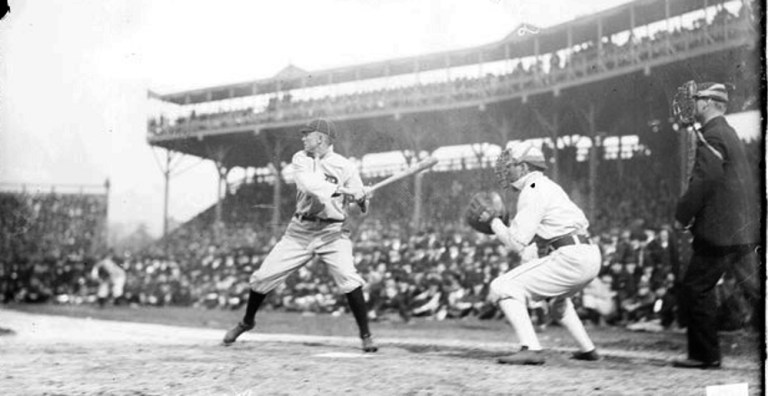
So how could it possibly be said that Ty Cobb had it easier than Mike Trout? Major league baseball players today are paid gargantuan sums of money to play what is still considered a ‘kid’s game’. Professional baseball players in 1921 almost always had off-season jobs. Road trips are infinitely more comfortable today than they were in 1921 or at any time during Cobb’s career. All this hardly seems as if Ty Cobb had it any easier than Mike Trout.
Cobb himself was a smart and savvy investor having invested in a little-known Atlanta company called Coca-Cola that provided him with a comfortable
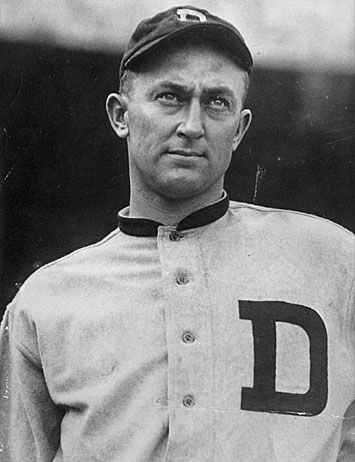
retirement in contrast to many of his peers. That Cobb had off-field success in business did not quelch his desire to be great on the field. Many baseball fans are aware of how hard-nosed (some say dirty) a player Cobb was on the field. Mike Trout has not and never will jump into the stands to battle with foul-mouthed paying customers!
How does Trout have it tougher than Cobb? When my son Gordon and I started our podcast in May 2020, the impetus came from a discussion we had about Ty Cobb’s amazing career average of .366 (it used to be .367 but that’s another story) and how Cobb did not have to face relief pitchers in the way Trout and all his
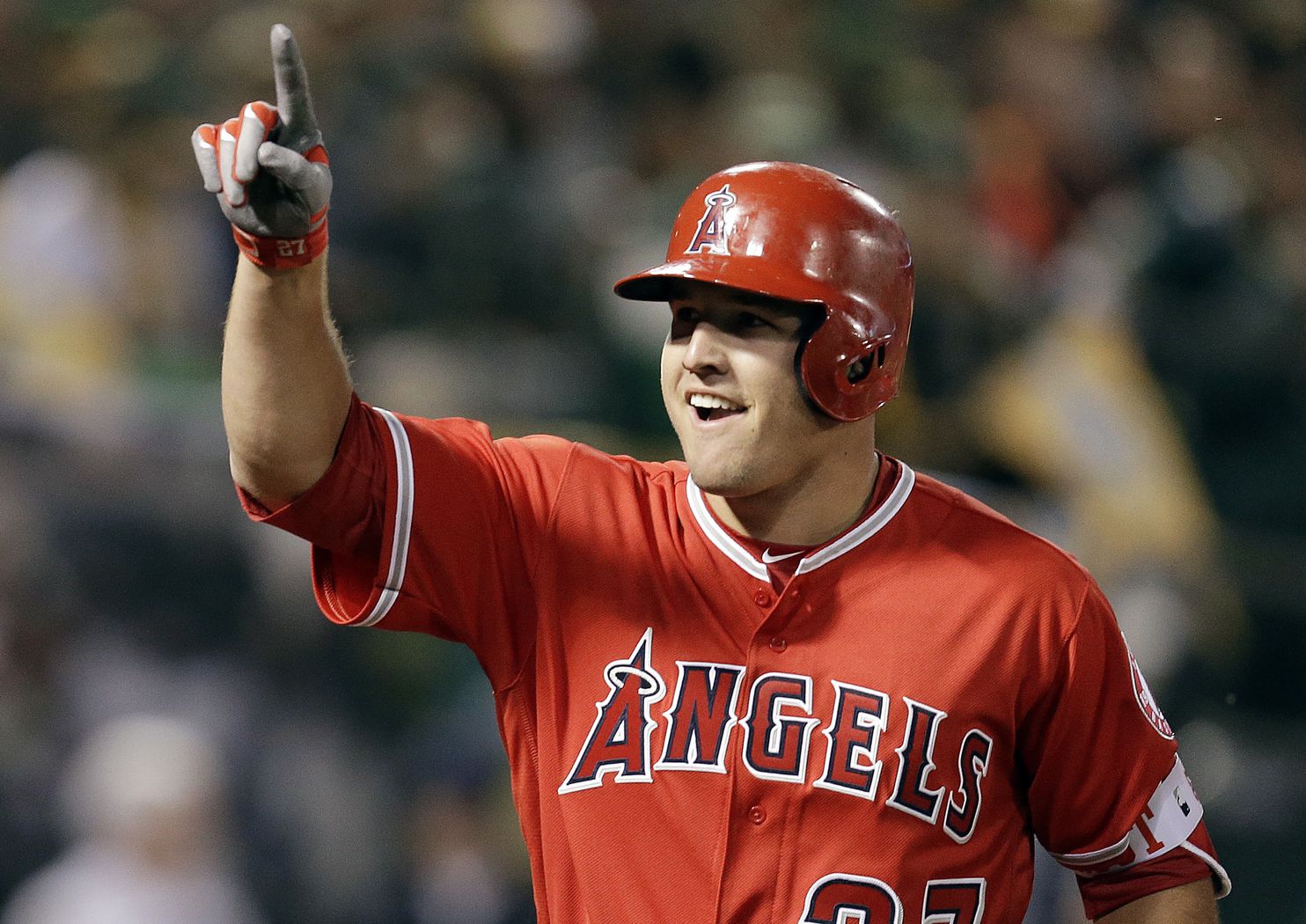
fellow major leaguers do today. Everyone is talking about how pitchers cannot go deep into games anymore and how complete games are dwindling year after year. In Cobb’s time, pitchers started more games, completed more games, and pitched more innings by far than they do today. We dove into the idea that a tiring starting pitcher in innings seven, eight, and nine would be easier fodder for Cobb and his fellow all-stars to take advantage of. At face value this all made sense. We did the research and things did not exactly come out the way we expected.
Great hitters are great hitters. They succeed against ALL types of pitchers at a greater rate than their peers. So, for Cobb, his career average of .366 would seemingly be exceeded in innings seven, eight, and nine, and should be lower in the first 6 innings. Here’s what we found: Cobb hit .355 in innings one, two, and three; .338 in innings four, five, and six; and .376 in innings seven, eight, and nine. It’s not easy getting all of the data on Cobb, since the early part of his career does not have the recorded stats in Baseball-Reference.com for more than 70% of his career.
Today’s relief pitchers are the reason why Ty Cobb had it so much easier than Mike Trout. Mike Trout is now playing his tenth season (and thus now eligible for Cooperstown induction where he will most surely end up). Mike Trout is a poster child for what we talk about in the podcast. For his career in innings one, two, and three Trout has hit .307; innings four, five, and six .323; and in innings seven, eight, and nine .284. All this adds up to a career average of .305.
By those splits, you might infer that Trout is feasting in the middle innings of a tiring starting pitcher or middle-relievers (as opposed to late-inning relief pitchers and closers), before having much more difficulty in the final three frames. And in no way does it suggest that somehow Mike Trout is not a ‘clutch’ player. We’re only talking about batting average here, but on-base average and OPS follow along the same line. It is interesting that Trout’s slugging average is higher in innings one, two, and three than four, five, and six.
In the episode, we discussed some players who excelled in late innings or at least were more consistent overall, like Joe DiMaggio. And then there’s Ted Williams
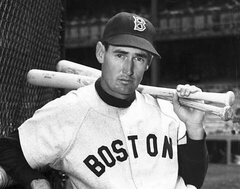
who was 20 points below his average in innings seven, eight, and nine versus innings one-through-six during an era in which late-game relief pitchers were not yet dominant. We also talk about players like Barry Bonds and Miguel Cabrera.
A career batting average of .350 would be amazing in today’s game BECAUSE of relief pitchers. This is the primary reason we expect that no player will ever exceed Cobb’s career .366 average. At least in this way Cobb indeed did have it way easier than today’s (and tomorrow’s) great hitters.
What do you think?
If you would like to listen to the episode it can be found here: https://www.buzzsprout.com/1066072/8326643
Mark Kolier
Here’s a link to see the entire Blog Archives

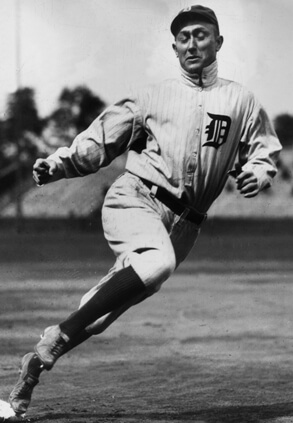
Cobb who was a notorious racist himself, played baseball played in an era when baseball when African Americans and Latinos were excluded from the game. All the records from that era should have a white asterisk attached to them.
Since the hypothesis here is not so much Cobb vs. Trout as The Era Before vs. The Era Following the advent of relief specialists, why not tap into our superabundant supply of baseball statisticians to prove or debunk Mark’s point? Which is more typical of these dueling periods, in other words: Cobb’s jump in batting average over the last three innings, or Teddy Ballgame’s drop-off? Trout’s decline, or Joltin’ Joe’s (you fill in the blank left by this post)? Maybe this, maybe that; maybe nothing at all. We don’t know, and even if/when all the numbers are in there still could be too many variables for us to unravel what appears to be an intriguing but largely speculative proposition.
The same might be said for major-league ball as it was played pre- and post-1947. Much as I applaud the totally welcome and shamefully overdue integration of the game seven-plus decades ago, putting a white asterisk on the records compiled before Jackie came along makes about as much sense as putting black asterisks on records from the Negro Leagues, where players did not face white ballplayers.
I enjoy studying history, including especially the many stars, also-rans and intriguing characters who played big-league ball. I also get a kick out of imagining the generous supply of what-ifs imbedded in their lives and accomplishments, on many of which other bloggers have commented on this site. But rearranging the record books in the name of “equity”? Not so much.
Where Cobb had it easier than Trout was not on the field, necessarily, but rather, off the field, where every incident would not be photographed, instagrammed or Tik Tok’d!
We should all bear in mind that baseball became integrated in 1947, nearly a decade in advance of the Brown vs Board of Education decision.
The old and discredited notion that Ty Cobb was “racist” was the result of a single discredited sportswriter named Al Stump, who hardly knew Cobb but concocted a book (released after Cobb’s death) filled with spurious information, wild accusations and plenty of other dishonest claims that have since been debunked and corrected by baseball historians. Read “A Terrible Beauty” or “The Peach: Ty Cobb in His Time and Ours” for more balanced accounts of Cobb’s life.
(Ty Cobb,as early as 1952, was quoted saying he thought black ballplayers ought to be in the Major Leagues.)
Jerry Goldberg should do a little more honest research on his inaccurate statement on Ty Cobb.
I am always interested and upon looking at the history acknowledge that Cobb was not the utter racist he is commonly depicted as. However, that doesn’t obscure the point that from it’s inception as a professional sport in around 1900 until 1947:a large segment of the population, people of color were excluded. And while I love baseball history that long racist era can not be ignored. I believe it was only in December 2020 that Negro Leagues statistics are re gnized as “official.” Let,’s compare Mike trout to Josh Gibson.
That might make for another interesting essay, but it’s not the theme of this one. You’re welcome to address the topic.
Hi Gary:
Q: Do you use freelance writers? I’m a freelance writer based in Atlanta, and a baseball fan.
Let me know!
Hi Johathan- I always welcome guest submissions. You’re welcome to submit an essay. Just let me know: Livac2@aol.com
Allow me to repeat: Major League baseball was integrated (1947) years before schools (in 1954 vis Brown vs. Board of Education). Ty Cobb’s image, history and reputation are being rehabilitated at long last, most recently in “A Terrible Beauty” (I cannot recall author at the moment) that straightens out the lies and complete fabrications that have surrounded the Georgia Peach for many decades.
I invite Mr. Goldberg to give it and other more recent, more accurate books, a read.
Thanks Tom…I’ve read Terrible Beauty by Charles Leerhsen and I agree with you completely!